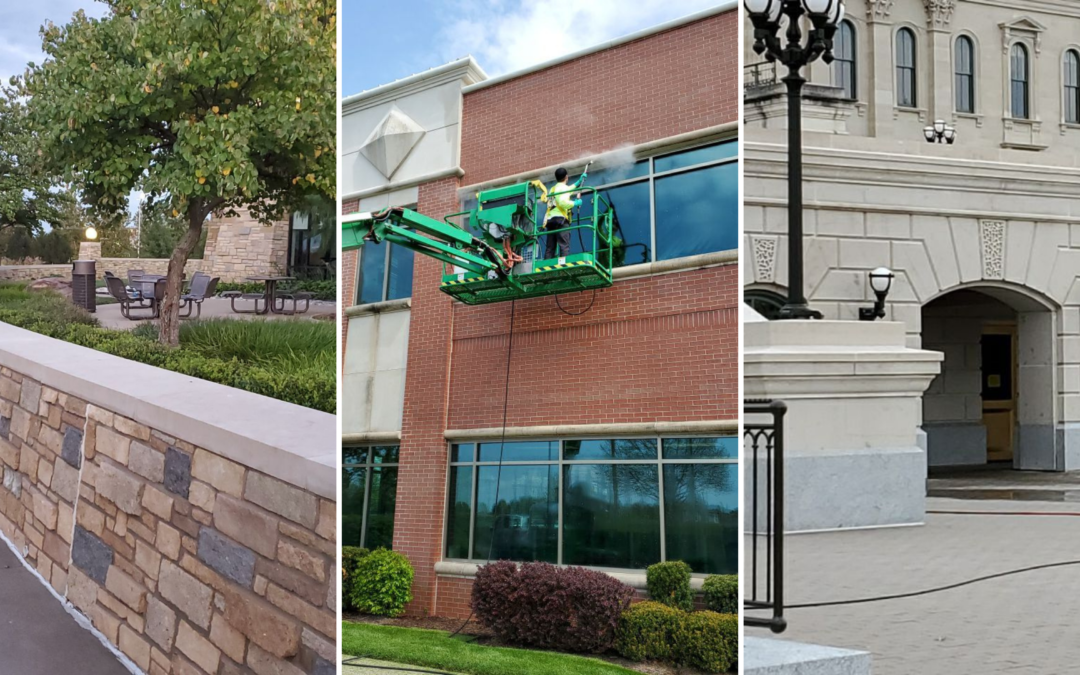
by KC Restoration | Jul 12, 2021 | Blog, Stone
First impressions really are everything. That’s why it’s so important to ensure that your facility’s exterior is impressing your customers, clients and employees. While it may not seem like a big deal, investing in exterior deep cleaning services can help you...

by KC Restoration | Jun 15, 2021 | Blog, Metal, Stone
Your job as a facility or property manager is to maintain your building’s exterior as well as ensure essential infrastructure runs efficiently – but not at the cost of the safety of your maintenance staff. Efflorescence or cracked brick or stonework may damage your...

by KC Restoration | May 18, 2021 | Blog, Stone
Tile and stone floors are attractive and long lasting—as long as they’re cared for properly. Below are some common questions and answers for these types of floors and tips for maintenance. Q: What are the differences between ceramic tile and stone? Ceramic tile is a...

by KC Restoration | Mar 24, 2021 | Blog, Stone
If you have stone floors in the facility or properties you manage, consider yourself fortunate. Stone floors are easy to clean, maintain and will last for many years. Stone floors are also durable and they improve indoor air quality. Allergens, dust, dirt and spills...

by KC Restoration | Mar 17, 2021 | Atomospheric staining, Blog, Stone
Maintaining the exterior of a building can pay off in more way than one. With regular maintenance, thorough cleaning and strategic repairs, you can add years to the life of your building, keep tenants happy and prevent more costly damage. Attract current and potential...
by KC Restoration | Jul 20, 2020 | Atomospheric staining, Blog, Stone
One of the first visible components of any business premises is the exterior façade. The KC Restoration team is excited to start façade work with a high industrial coating at this luxury apartment and retail facility. This process will help ensure this building...






